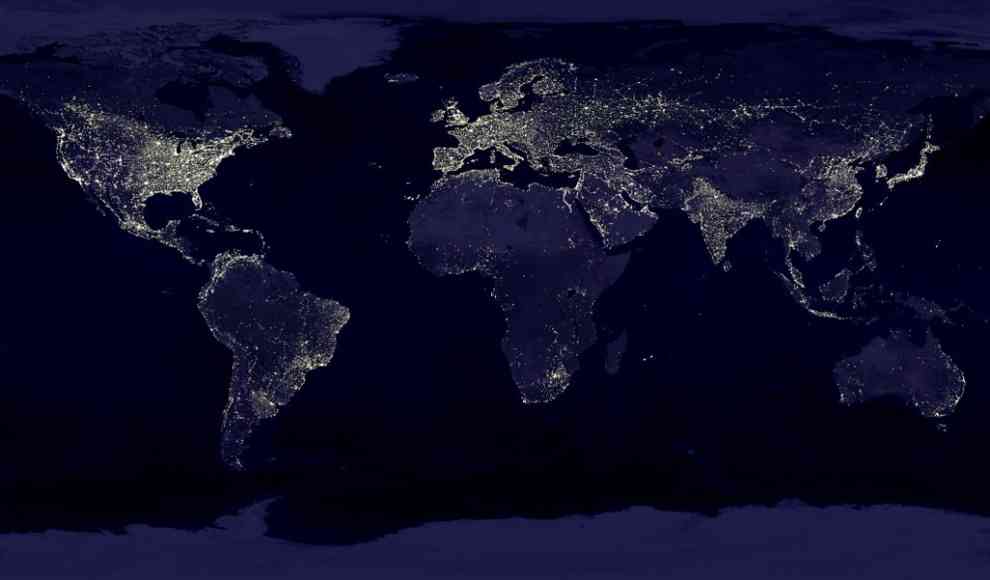The human impact on the planet has been immense, with cities, roads, and large structures like dams altering the Earth more than any other living organism. According to a study published in the journal PNAS, each person generates 115 tons of anthropogenic materials, which are all human-made materials and structures, such as plastic, stone, concrete, metal, and wood. The Weizmann Institute of Science in Israel has now investigated the impact of the total technosphere on the Earth’s living beings and the environment. They compared the mass of all human-made objects from synthetic materials with the global biomass, which includes all living beings on Earth.
The study found that the mass of the technosphere, which includes all human-made materials and structures, has surpassed the living biomass of the Earth. The dry weight of the living biomass is about one trillion tons, with the bodies of the world’s population accounting for only a tiny fraction of it. The majority of the biomass comes from forests and other vegetation. In contrast, the technosphere weighs 1.1 trillion tons, with the majority of it being made up of roads and buildings, such as concrete and gravel. The accumulation of anthropogenic mass has reached 30 gigatons per year, with humans producing as much new anthropogenic material each week as they weigh themselves.
The study supports the classification of the current era as the Anthropocene, in which the dominance of human-made materials and structures is unstoppable. The scientists warn that the anthropogenic mass, including waste, could triple the dry weight of the global biomass by 2040. The world has reached a turning point in 2020, where the anthropogenic mass has surpassed the biomass of the planet for the first time. The study highlights the urgent need for humans to reduce their impact on the planet and find sustainable solutions to preserve the Earth’s biodiversity and ecosystems.










